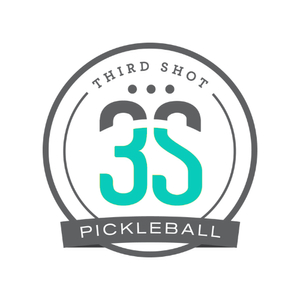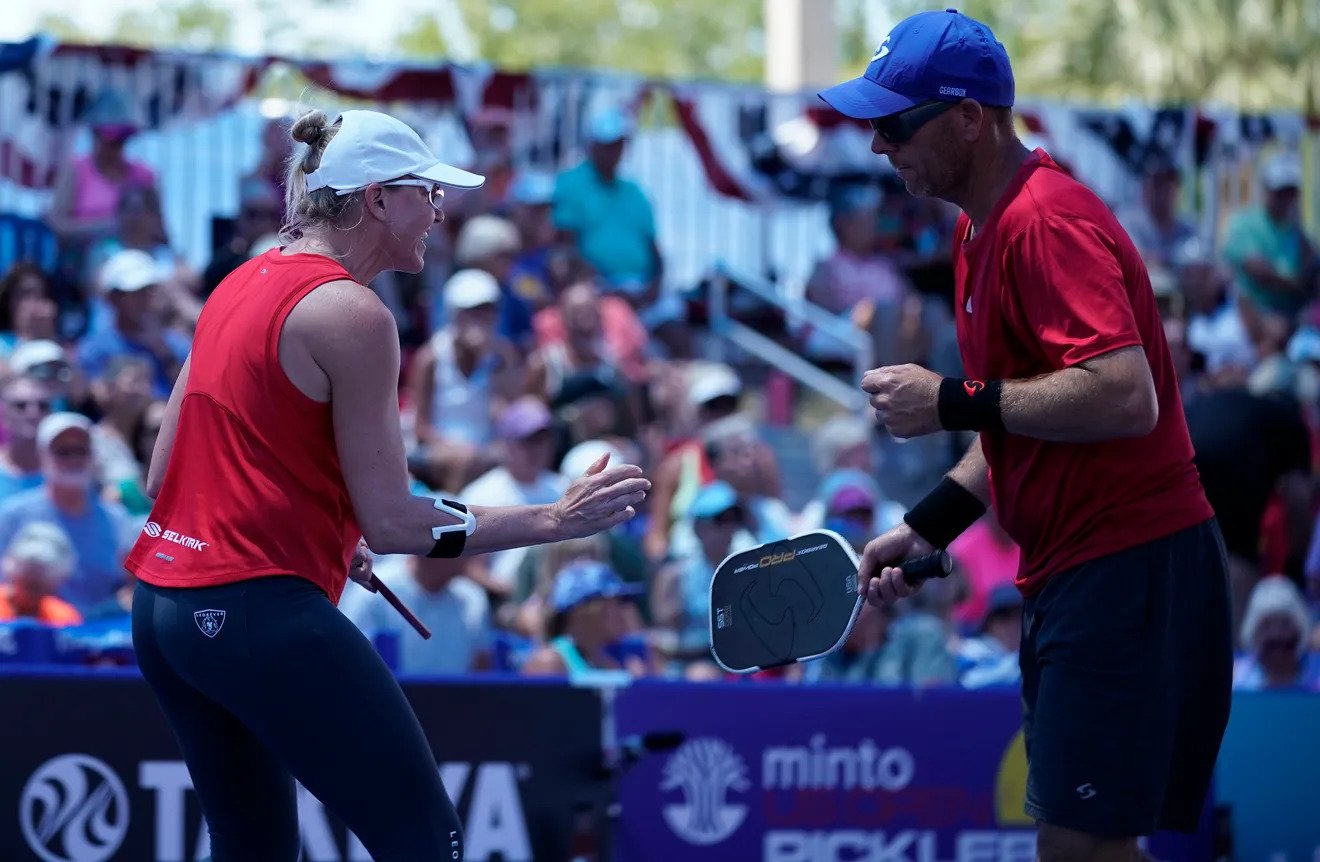This is the third instalment of our series where we share your best pickleball advice and then I give my thoughts on it. We asked our followers to share their favorite words of wisdom, and then we praised it or bashed it (gently, of course). Let’s go!
“Be ready for the ball to come back.”
I love advice that can make a big difference quickly. I actually think this is great advice for players of all levels of skill, but especially those playing at the intermediate level. One of the things that separates levels of players is their ability to get the ball back in play – especially when they are in trouble. I regularly see intermediate players hit a great shot and then look amazed that it wasn’t a clean winner. In some cases, the reply is weak and slow, and is easily handled to finish off the point. But there are lots of examples where this isn’t the case. Where the person who hit the great initial shot and thought the point was over is actually poorly equipped to hit another ball and either makes an error or allows the defender back in the game. As a general rule, it is always a good idea to assume every ball you hit is going to come back. If you’re right, you are ready to finish things off. And if you’re wrong, well, nothing much was wasted.
“Talk less.”
I had to check this a few times to make sure the advice was real. It was. And I’m curious about it. If this advice is for coaches, then it makes a lot of sense. Too many instructors are in love with their own voice and take far too long explaining things. But I’m going to assume this advice was for players, in which case, it is bad (mostly). For all doubles pickleball players, communication is important. If you’re going to play effectively, a person needs to have a good idea what their partner is going to do and when they’re going to do it. Sometimes when you watch the pros you see very little talking, either between points or between games. But that’s usually because they are so dialed in with each other as teammates, there’s less of a need to have a discussion on the court. They’ve done their talking – now it’s time for action! For most people, however, they don’t have that kind of close connection with their doubles partner. So talking – either during the points or between them – is actually really helpful.
It would be nice to know whether your partner is going to drive the third shot or try a drop. Most of us like to get a warning when our partner puts up a short lob. Sorting out middle balls is pretty important, as is knowing when it’s safe to move up or important to retreat. So I’m going to push back against the “talk less” advice. Unless, of course, you’ve got some sweet telepathy going on with your partner.
“First three shots: over, over, feet!”
I don’t like this advice for a few reasons. First, suggesting the first two shots – the serve and return – are (just) “over and over”. To me, that almost sounds like they don’t really matter that much. Get them over. Get them in. We know that good pickleball players hit each shot with an intention, and to simply put the ball in play on the serve and return is a missed opportunity. There’s so much more you could do with the serve, for example: Hit it hard to give your opponents less time to react; Send it out wide to make them move; Target a weakness, so you’re more likely to get a poor return; Hit the serve deep to make the opponent’s trip to the net a little bit longer. The same goes for the return: Hit it faster to give your opponents less time to set up; Put spin on it so they have trouble controlling the third shot; Aim for the taller player so they are kept back at the baseline just a little bit longer.
As for the third shot being down at the feet? This is suspect. What if the return is short and high? In this case, driving the ball at the opponents would make more sense than playing a drop – and drives don’t go to the feet. Actually, whether you’re playing a drop or a drive, I would argue that a better target than the feet would actually be keeping the ball low to the net – maybe one or one and a half paddles above it. Fun fact: that’s actually a great target area for both drops and drives! A drive through that imaginary window will typically be low enough that it would stay in play, so the opponent will have to contend with it. And a slow ball through that window allows gravity to do its thing and get that ball below the top of the net by the time it is struck. So rather than “Over, Over, Feet” I suggest: pressure, pressure, low.
Written by Mark Renneson
Thank you for sharing these insightful tips! Join the discussion and stay updated by following us on Facebook and Instagram @thirdshotsports. We look forward to exploring more in the upcoming articles of this series.





